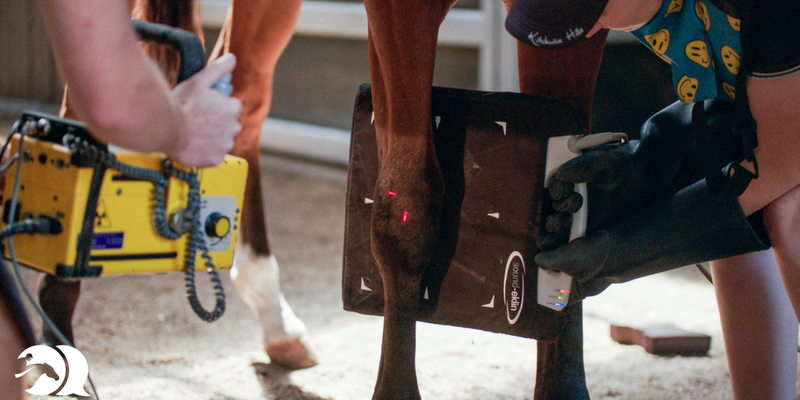How Critical are X-Rays in Buying Yearlings?
7th Dec 2017
X-Ray assessments have become all the rage in yearling inspections and auctions in the past 15 years. Here we go through why they’re used and how much you should allow them to influence your purchase.

First of all, don’t be fooled by the x-ray conversations when talking about yearling purchases. Just like pedigree, an x-ray assessment is not a pass or fail for the yearling being considered, it is one of many factors to consider.
RELATED NEWS: Why pedigree shouldn’t be your only consideration
The culture surrounding x-rays is now one of suitability and practicality. It is one that allows buyers to analyse health issues that may be present, find out ways in which to manage these and weight them up against the horse’s other suitability factors.
Shannon Betts, from Emeran Park [where Saganaki was educated and is currently spelling] told us that she uses x-rays to get the best out of a horse. For example, if Shannon sees a slight malalignment she could quickly move to have a shoe made to correct this issue. In a case like this, the X-ray allowed something simple to have a profound impact on managing a potential problem.
X-rays were introduced to thoroughbred yearling and weanling sales in Australia in 2003. A set of sales x-rays are made up of 36 images of the major joints of all four legs. They are taken no earlier than six weeks before the sale and must be available four days prior to the sale. Only registered veterinarians and the sale company can view the x-rays.
RECENT NEWS: Six reasons why you need to own a racehorse

These x-rays provide structural information, telling us what the bone looks like at a particular moment. Soft tissues all have a similar density on film so there is often little insight into problems that might affect tendons, ligaments, muscles and other soft tissues.
So what do these x-rays give a potential purchaser?
Just as with Shannon having a shoe made differently for a malaligned leg, the x-rays provide a heads up for potential known issues and can help develop a management strategy for a yearling that is five star on all other aspects.
RECENT NEWS: miRunners’ second horse selling strong
Some issues found can be solved easily, others will only work in the right combination. Some trainers’ methods do not suit certain issues whilst other trainers might adapt to the horse.
Like pedigree an “ugly” x-ray may influence the sale price of a yearling. For instance, a bone spur that is on a low motion joint might be considered an ugly x-ray but take into account it will not affect the performance though it might affect resale value.
Remember, an x-ray is not a crystal ball. Purchasing a horse is not without risk but checks such as x-rays are one of the many tools on the bloodstock advisors bag to attempt to foresee problems and create work-plans to minimise issues. No horse is perfect in every respect but miRunners aims to use all available information about the available yearlings and matches this to the intended trainer to make sure your yearling has the best possible future ahead.
To get more in-depth analysis of the yearling inspections prior to the 2018 Magic Millions join the miRunners Buyer Journey with a Priority Access Voucher for just $15 and secure your unit in the next miRunners thoroughbred.
